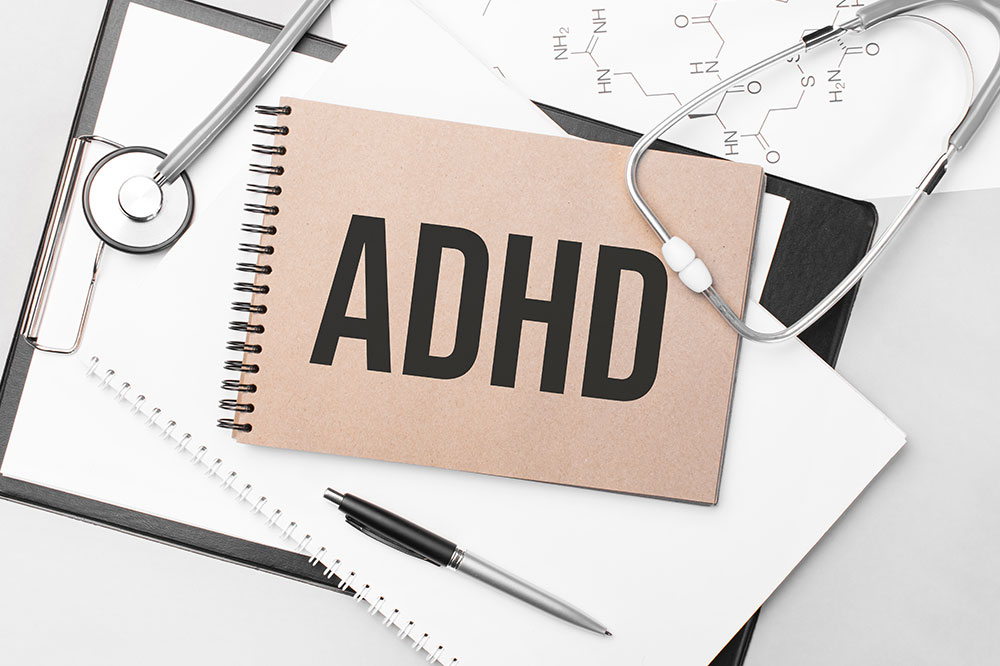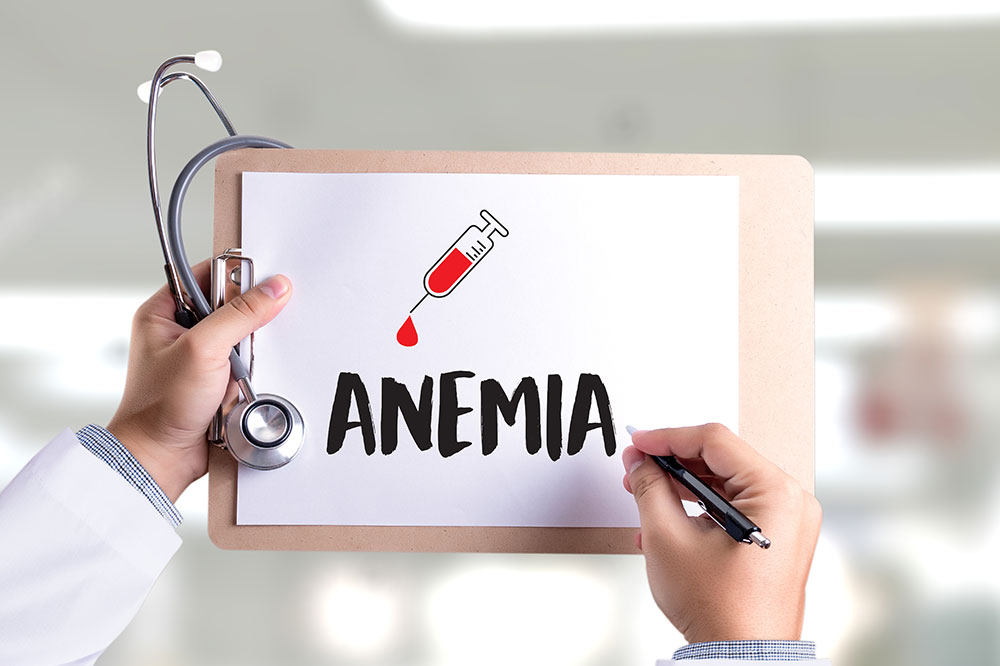Foods That Help Manage Hyperkalemia Symptoms

Hyperkalemia is a health condition characterized by excessive potassium levels in a person’s bloodstream. Maintaining healthy potassium levels is crucial for optimal health, and one can do this by following a healthy nutritional regime that helps manage hyperkalemia. Hyperkalemia is potentially life-threatening, so prompt treatment is necessary to keep its symptoms at bay. Various healthy foods are proven to help reduce potassium levels, and some of these food items are listed below.
Hyperkalemia
Hyperkalemia is a medical condition in which the potassium concentration in the blood is too high. The condition can lead to various symptoms, such as muscle weakness, fatigue, tingling sensations, and an irregular heartbeat. The best way to manage hyperkalemia is to make lifestyle changes that help maintain healthy potassium levels in the body. These include reducing salt intake, exercising regularly, and eating a balanced meal with an adequate amount of potassium the body requires.
Types of foods to manage hyperkalemia
A balanced meal plan low in potassium helps manage hyperkalemia symptoms to a great extent. Four different types of foods that help manage and reduce the risk of developing hyperkalemia are listed below.
Vegetables
Vegetables are an essential part of a balanced meal plan to manage hyperkalemia. Eating low-potassium vegetables can help control the level of potassium in your blood.
Green beans
Besides providing fiber, vitamins A and C, folate, and iron, green beans are low in calories and can help control blood sugar levels.
Peas
They are an excellent source of fiber, protein, and vitamins A and C. Furthermore, one serving of peas includes 50 to 200 mg of potassium, making it ideal for controlling hyperkalemia symptoms.
Cabbage
It is a cruciferous vegetable rich in antioxidants, vitamins A, B6, and C, folate, and potassium, and it also helps lower cholesterol levels.
Cucumber
Cucumbers are healthy sources of vitamin C, potassium, magnesium, and manganese. Furthermore, they are low in calories and can help reduce inflammation.
Lettuce
Lettuce is rich in vitamins A, K, and C, calcium, and potassium and may help reduce inflammation and promote overall health.
Peppers
They are an excellent source of vitamin C and fiber. They are also low in calories and can help control blood sugar levels.
Parsley
It is an herb with excellent anti-inflammatory properties. It is also a healthy source of vitamins A and C, calcium, iron, magnesium, and potassium.
Celery (1 stalk)
Celery is a low-calorie vegetable with a high water content that can help keep you hydrated. It also contains vitamins A, C, K, and potassium, making it a good option for hyperkalemia patients when eaten in moderation.
Fruits
Fruits are an excellent food choice for managing hyperkalemia. The fruits listed below are known for their low potassium content compared to other alternatives.
Apples
One medium apple or a glass of apple juice is an excellent choice for a delicious snack with a fraction of the potassium.
Berries
When it comes to managing hyperkalemia, they are especially beneficial. Blueberries, strawberries, raspberries, cranberries, or cranberry juice are all excellent fruits for your meal. They are rich in antioxidants and provide a range of anti-inflammatory benefits.
Cherry
Cherries are packed with potassium but contain several other beneficial nutrients that can help manage hyperkalemia. Additionally, they are rich in antioxidants, which help protect cells from damage caused by free radicals.
Pineapple or pineapple Juice
Studies have shown that drinking pineapple juice can lower blood potassium levels. It is also a natural diuretic, which can help reduce fluid retention, one of the causes of hyperkalemia.
Mandarin oranges
They are delicious and nutritious citrus fruits that can help with hyperkalemia. The rich concentration of potassium, magnesium and other minerals helps to balance electrolyte levels and reduce the excessive amounts of potassium in the body.
Grapefruit
It is an excellent source of fiber, vitamin C, and potassium, making it a great fruit to include in your meal plan to manage hyperkalemia. Half a grapefruit can provide up to 5% of your daily potassium needs and help keep your blood potassium levels balanced.
Watermelon
Watermelon is also rich in other essential minerals, vitamins, and antioxidants, which makes it an overall healthy snack or meal addition. Enjoying a cup of watermelon juice each day can help keep your potassium levels in check and ensure you stay healthy.
Plum
Eating one whole plum every day can help keep potassium levels in check. Additionally, the antioxidants in plums can help protect against oxidative damage caused by elevated potassium levels.
Tangerine
The citrus flavonoids and antioxidants in tangerines have also been found to help manage hyperkalemia. One whole tangerine is enough for most hyperkalemia patients, so ensure you don’t overeat it.
Peaches
They are an excellent source of fiber, vitamins A and C, and potassium. One small peach provides the daily recommended value of potassium, making it an ideal food choice for managing hyperkalemia.
Carbohydrates
Carbohydrates are an important part of any meal plan, providing energy and essential nutrients. Eating carbohydrates can also help to balance electrolyte levels in the body and maintain healthy blood sugar levels. Low-potassium carbohydrates include white rice, white bread, white pasta, polenta, and cornmeal grits. Eating low-potassium carbohydrates can help lower potassium levels in the blood. Furthermore, low-potassium carbs can help reduce cravings for unhealthy foods high in potassium.
Beverages
Coffee
Coffee contains antioxidants that reduce inflammation and also help keep you hydrated. Studies indicate that caffeine in coffee induces potassium redistribution into the cells, making it a healthy choice for managing hyperkalemia. Additionally, the caffeine content can boost energy and help reduce fatigue. When choosing coffee, opt for organic varieties, free from preservatives and artificial flavors.
Tea
It is another low-potassium beverage option that can be beneficial in managing hyperkalemia. It contains polyphenols, which can help reduce inflammation and improve digestion.
Herbal tea
They are an excellent option for managing hyperkalemia. They contain a variety of herbs that can help reduce inflammation and fatigue and improve digestion. Go for organic types of herbal tea to receive maximum benefits.
Sparkling water
It is a refreshing alternative to plain water and can be beneficial in managing the condition. Choose natural varieties with no added preservatives or artificial flavors for the best health benefits.






